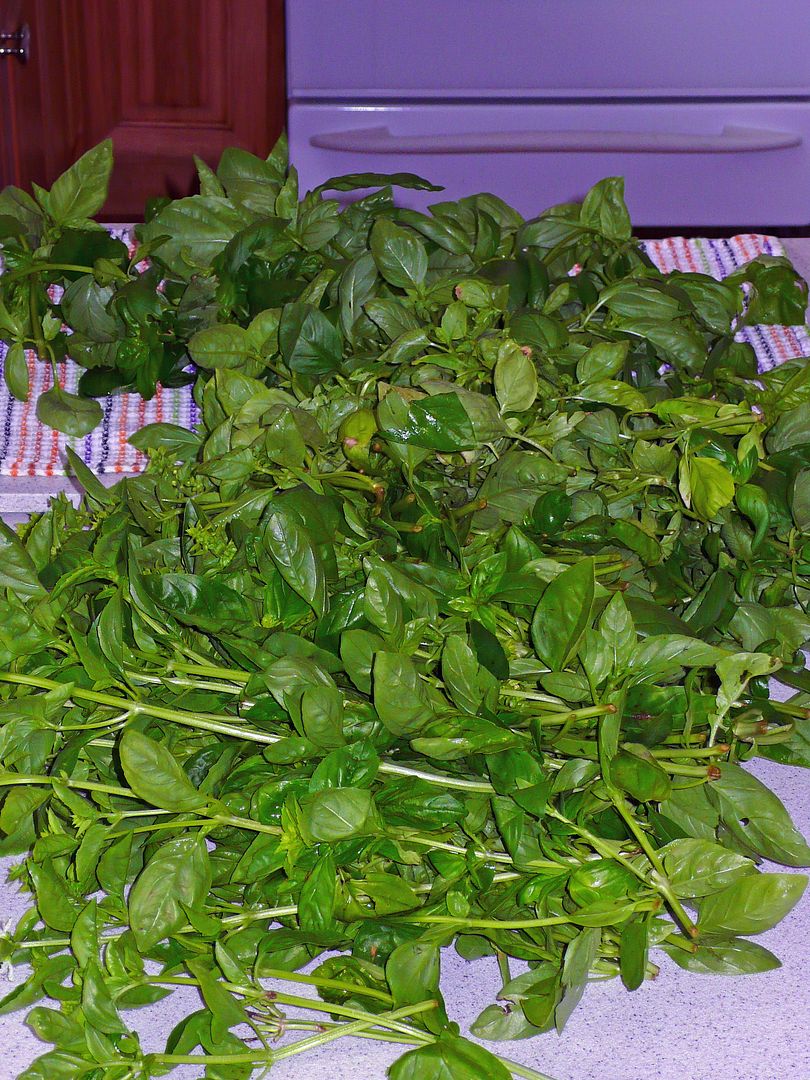Any good ideas for what to do with quinces. I have a ton of them coming on.
Wife made quince jelly for the first time last fall. I'm keeping her around because she promised to make more of it this year. Our favorite way to use quince jelly is to place a slice of manchego cheese, or spread cream cheese, on a snack cracker. Then, spread quince jelly over that and put a pickled jalapeno slice on the top. 'Course you got to wash this appetizer down with a cold beer, or your favorite white wine. Biggest problem is you never make enough of these the first time, so you have to interrupt the eating and drinking to make more...
JAPANESE QUINCE JELLY
1 basket of Japanese quince
sugar (roughly 1 cup of sugar per cup of
juice)
1. Cut the tops and tails off of the quince and cut in half or in quarters for larger fruit. Cut any flaws out of the fruit and discard. Place in a large pot and put in enough water to just cover the fruit. Cook at low boil until the fruit is very soft, about 1 1/2 to 2 hours. Mash the cooked fruit down with a potato masher.
2. Line a colander with cheese cloth and spoon the mixture into the cloth. Allow it to drip for at least six hours, or overnight. Don't squeeze the liquid out of the bundles or the jelly will be cloudy.
3. Sterilize jars and lids in boiling water for 10 minutes. Be sure the jars are still hot when you are ready to fill them. Put snap lids in a bowl with hot water to allow the rubber ring to soften.
4. Measure the juice into a large pot. Add 1 to 1 1/2 cups of sugar for each cup of juice. Bring to a boil and cook for 10 to 15 minutes, stirring constantly. If you have a thermometer cook to 217-221 degrees F. Skim off as much foam as you can and discard. Test to see if the gel has set (see below).
5. Fill hot sterilized jars, leaving 1/2 inch headroom at the top. Wipe the rims of the jars with a clean cloth to ensure that there is no jelly there to prevent a tight seal. Place lids on and turn to fingertip tightness, when it resists turning. If the lid is too tight the air won't be released and a tight seal won't be achieved.
6. Process jars in boiling water for 10 minutes. Remove from the water and allow to sit undisturbed for 24 hours. Sealed jars will have a dip in the center of the lid. If the jar doesn't seal, keep it in the refrigerator. Otherwise, sealed jars should be stored in a cool, dark place and will last for a year.
Gel Stage Test:
Remove jelly from heat while doing test
Chill two or three small plates in freezer
Place 1 tsp hot jelly on plate and freeze for 1 minute
Remove from freezer. Surface should wrinkle when edge is pushed with finger.
If surface doesn't wrinkle, continue cooking and repeat test every few minutes.
I watched the jelly making process last year, and it didn't look to be any more difficult than designing and building a balsawood model airplane from scratch. Good luck.



















 Previous Topic
Previous Topic Index
Index

